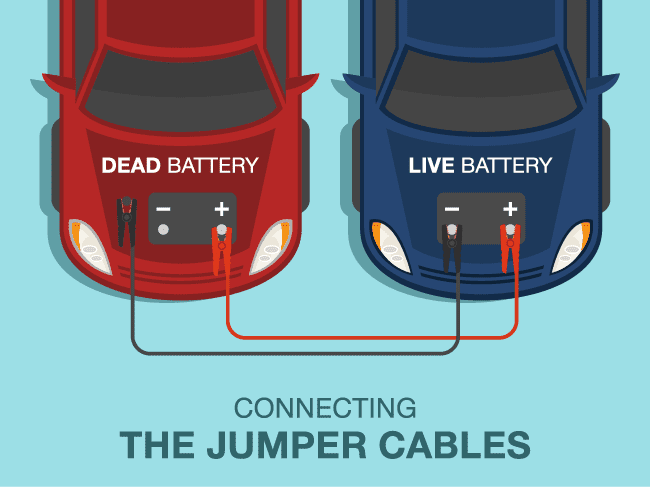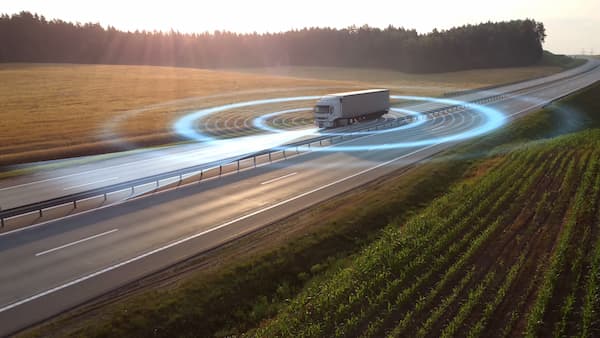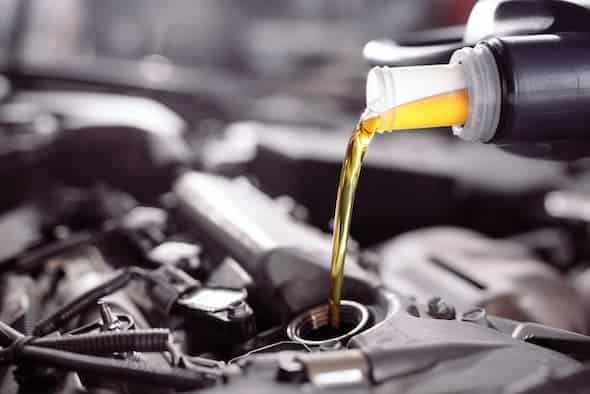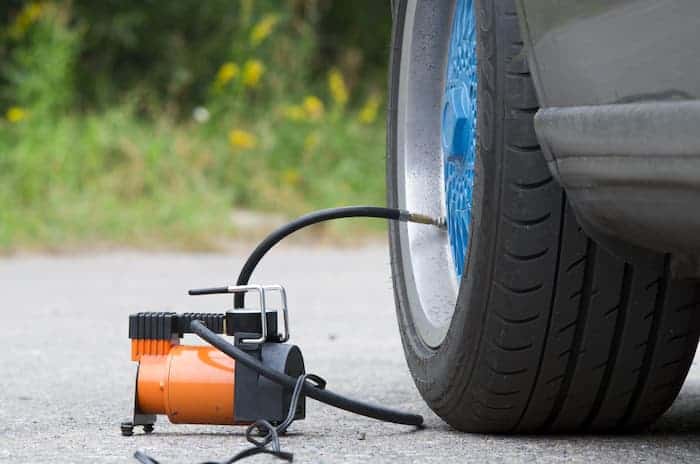When your car battery dies, it can be frustrating and overwhelming. Fortunately, jumpstarting a car is a relatively simple process that anyone can do with the right tools and knowledge. In this article, we’ll go over everything you need to know about how to jumpstart a car safely and efficiently.
Table of Contents
Toggle- Why Do Car Batteries Die?
- Step 1: Get the Right Equipment
- Step 2: Park the Cars in the Right Place
- Step 3: Connect the Jumper Cables
- Step 4: Start the Working Car and Charge the Dead Battery
- Step 5: Disconnect the Jumper Cables
- Step 6: Drive the Car to Charge the Battery
- Tips for jumpstart a car with cables
- Common Mistakes to Avoid
- When to Call a Professional
- Conclusion
- What should you do if the jumpstart doesn't work?
- What is a Jump Starter?
- Can you jumpstart a car with a completely dead battery?
- Can jumpstarting a car damage the alternator?
- How long should you let a car run after jumpstarting it?
- Can you jumpstart a car with a hybrid engine?
Why Do Car Batteries Die?
Before we get into how to jumpstart a car, it’s important to understand why car batteries die in the first place. There are several reasons why this might happen, including:
- Leaving the lights or other electronics on while the car is turned off
- A faulty charging system that doesn’t keep the car battery charged properly
- Extreme temperatures, especially cold weather, can cause the car battery to lose power
- Age and general wear and tear can also cause a car battery to die over time
No matter the reason for your battery dying, jumpstarting it is often the quickest and easiest solution.
Step 1: Get the Right Equipment

To jumpstart a car, you’ll need a few essential pieces of equipment. These include:
- Jumper cables: These are the cables that connect the two cars together and allow the working car to charge the dead car battery.
- A working car: You’ll need a second car with a charged car battery to jumpstart the dead battery.
- Safety gear: It’s always a good idea to wear gloves and eye protection while jumpstarting a car.
Step 2: Park the Cars in the Right Place
Before you start connecting any cables, you need to make sure both cars are parked in the right place. Here’s what to do:
- Make sure both cars are turned off.
- Park the working car next to the dead car so that the batteries are close together.
- Make sure both cars are in park (if they’re automatic) or in gear (if they’re manual).
- Engage the emergency brakes on both cars.
Step 3: Connect the Jumper Cables

Now it’s time to connect the jumper cables. Here’s how:
- Open the hood on both cars and locate the batteries.
- Identify the positive terminal and negative terminal on each battery. The positive terminal is usually red, while the negative terminal is usually black.
- Connect the red jumper cable to the positive terminal on the dead car battery.
- Connect the other end of the red jumper cable to the positive terminal on the working car battery.
- Connect the black jumper cable to the negative terminal on the working battery.
- Connect the other end of the black jumper cable to an unpainted metal surface on the dead car, like a bolt or a bracket.
Step 4: Start the Working Car and Charge the Dead Battery
With the cables connected, it’s time to start the working car and charge the dead car battery. Here’s what to do:
- Start the working car and let it run for a few minutes.
- Try to start the dead car. It may take a few tries, but eventually, it should turn over.
- Let both cars run for a few minutes so the dead battery can charge.
Step 5: Disconnect the Jumper Cables
Once the dead car is running, you can disconnect the jumper cables. Here’s how:
- Disconnect the black jumper cable from the unpainted metal surface on the dead car battery.
- Disconnect the other end of the black jumper cable from the negative terminal on the working car battery.
- Disconnect the red jumper cable from the positive terminal on the working car battery.
- Disconnect the other end of the red jumper cable from the positive terminal on the dead battery.
Step 6: Drive the Car to Charge the Battery
Jumpstarting your car will get it running again, but the battery may not be fully charged. To ensure that the battery is properly charged, you should drive the car for at least 20-30 minutes. This will give the alternator time to recharge the battery fully.
Tips for jumpstart a car with cables

Here are some tips to keep in mind when jumpstarting a car:
- Always wear gloves and eye protection.
- Make sure the cars are parked close enough to each other that the jumper cables can reach but not touching.
- Turn off all electronics in both cars before connecting the jumper cables.
- Make sure the jumper cables are not tangled or touching any moving parts of the engine.
- Never allow the clamps to touch each other.
- If the dead battery has frozen, do not attempt to jumpstart it.
Common Mistakes to Avoid
While jumpstarting a car is a straightforward process, there are some common mistakes you’ll want to avoid. These include:
- Connecting the cables in the wrong order.
- Allowing the clamps to touch each other.
- Not letting the working car run long enough to charge the dead battery.
- Trying to jumpstart a frozen battery.
When to Call a Professional
While jumpstarting a car is a simple process, there are times when it’s best to call a professional. Here are some situations where you should consider calling for help:
- If the battery is damaged or leaking.
- If the jumper cables are damaged or frayed.
- if the car battery has been dead for an extended period.
- If the jumpstart doesn’t work after several attempts.
Conclusion
Jumpstarting a car is a useful skill that every driver should know. With the right equipment and knowledge, it’s a straightforward process that can save you time and money. Remember to always take the necessary safety precautions and follow the steps carefully.
What should you do if the jumpstart doesn't work?
If the jumpstart doesn’t work, there are several steps you can take to try and resolve the issue:
-
Check the connections: Make sure that the jumper cables are securely connected to both vehicles’ batteries and that there is no corrosion or rust on the battery terminals.
-
Wait a few minutes: Allow the vehicle with the dead battery to charge for a few minutes before attempting to start it. This will allow the battery to receive a small charge.
-
Try a different jumpstart device: If the first jumpstart device does not work, try a different one that may have more power.
-
Check the battery: If the battery is old or damaged, it may not be able to hold a charge. Consider replacing the battery.
-
Check the alternator: If the alternator is not functioning properly, the battery may not be charging while the vehicle is running. Consider having the alternator checked or replaced.
-
Seek professional help: If none of the above steps work, it may be necessary to seek professional help from a mechanic or roadside assistance service.
What is a Jump Starter?
A jump starter is a portable device that is used to start a vehicle’s engine when the battery is dead or low on power. It typically consists of a battery pack, cables, and clamps, which are used to connect the device to the vehicle’s battery. The jump starter provides a surge of power to the battery, which allows the engine to start. Jump starters are commonly used for cars, trucks, boats, and other vehicles that use a 12-volt battery. They are particularly useful in emergency situations where a vehicle’s battery has died and there is no other way to start the engine.
Can you jumpstart a car with a completely dead battery?
Yes, you can jumpstart a car with a completely dead battery as long as you have a working car with a charged battery and the right equipment.
Can jumpstarting a car damage the alternator?
No, jumpstarting a car should not damage the alternator. However, if the alternator is already damaged, it may not be able to recharge the battery properly.
How long should you let a car run after jumpstarting it?
You should let the car run for at least 20-30 minutes after jumpstarting it to ensure that the battery is fully charged.
Can you jumpstart a car with a hybrid engine?
Yes, you can jumpstart a car with a hybrid car, but you need to ensure that the hybrid car’s battery is sufficiently charged, follow the correct jumpstart procedure outlined in the owner’s manual, and use a jumpstart device designed for use with hybrid cars to avoid damaging the electrical system.




